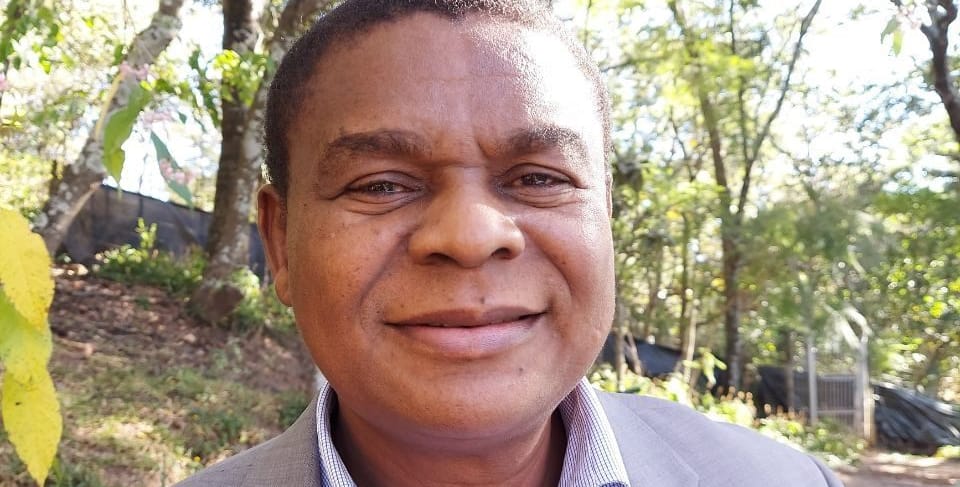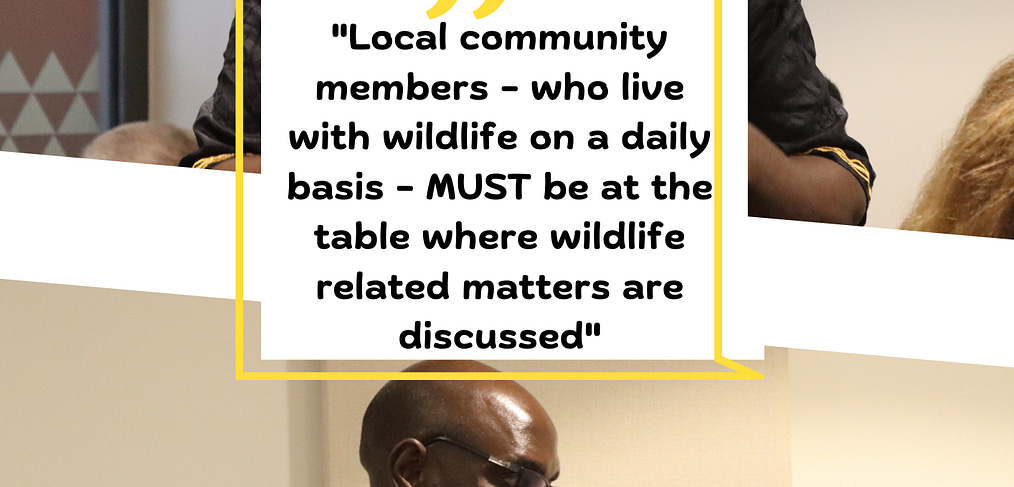In May 2023 the Community Leaders Network of Southern Africa (CLN) convened in Johannesburg, South Africa, to formulate their development strategy for the next six years. The workshop served as a platform for the CLN Board and key decision makers to collaboratively develop the framework of the strategy and a Theory of Change. Download the report here: (Africa Strategy Workshop Report.pdf)







